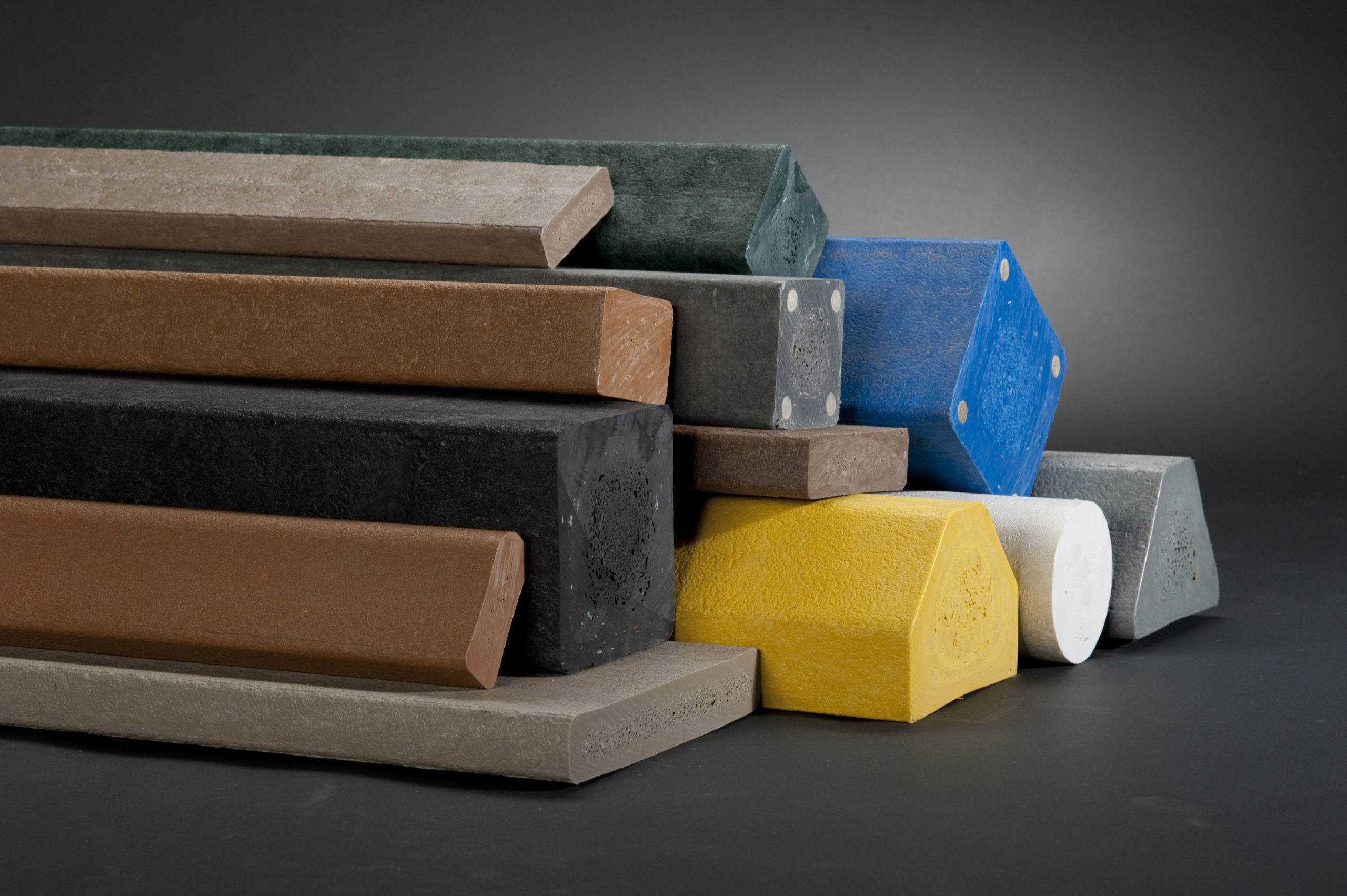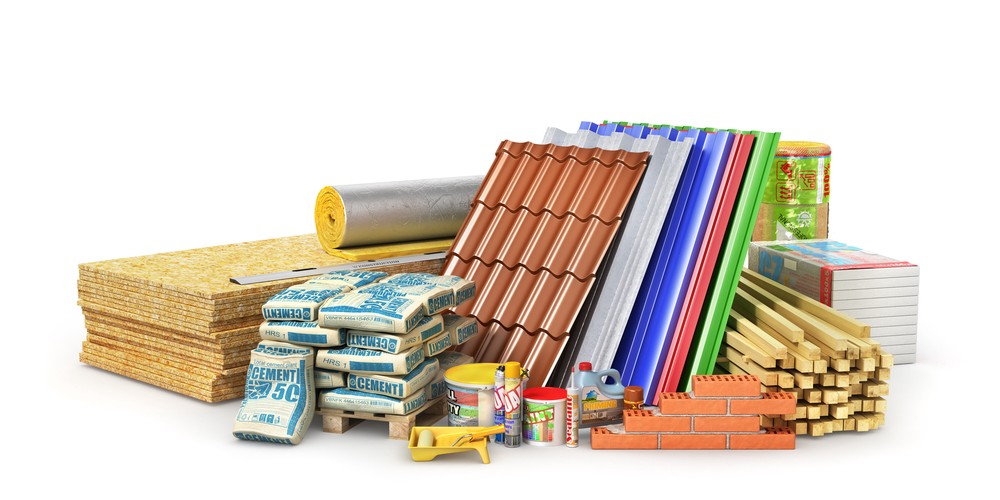Composites: Solid and Resistant Building And Construction Products
Composites: Solid and Resistant Building And Construction Products
Blog Article
Opening the Environmental Benefits of Recycled Compounds in Construction and Design
In the realm of building and style, the usage of recycled composites holds significant guarantee for enhancing sustainability practices and decreasing environmental effect. The shift towards a more lasting future in these markets hinges on unlocking the full potential of recycled composites.

Environmental Impact Decrease
The decrease of environmental impact through using recycled compounds in construction and design plays an essential role in lasting methods. By incorporating recycled compounds right into building products, the building and construction sector can considerably decrease its carbon footprint and contribute to an extra eco-friendly future. These lasting materials, made from repurposed plastics, timber fibers, or other recycled aspects, offer a practical option to conventional construction products without compromising on high quality or toughness.
Recycled compounds assist draw away waste from land fills and decrease the requirement for removing resources, thus preserving natural deposits. In addition, the manufacturing process of these compounds typically takes in much less energy and discharges less greenhouse gases compared to producing virgin materials (composites). This change in the direction of making use of recycled composites not only decreases environmental damage yet also advertises a round economy by motivating the reuse of products that would or else be thrown out
Waste Minimization
With a concentrate on decreasing waste in construction and style, the assimilation of recycled composites provides a lasting service to minimize ecological impact. Waste minimization is an essential aspect of sustainable methods, and the usage of recycled compounds presents an opportunity to accomplish this objective properly. By utilizing materials that have currently offered their initial purpose, such as recycled plastics or recovered timber fibers, the building and construction and design industries can dramatically reduce the amount of waste produced and sent out to land fills.
Recycled compounds have the possible to draw away significant amounts of waste from traditional disposal techniques, adding to an extra round economy where sources are utilized efficiently. Additionally, the production process of recycled composites typically eats much less energy and produces fewer emissions compared to virgin products, better reducing the environmental footprint of building and style jobs.
Applying waste reduction approaches via the incorporation of recycled composites not only helps in preserving all-natural sources yet likewise advertises a much more lasting strategy to building and making for a greener future.
Power Conservation
Incorporating recycled compounds not only reduces waste in building and design yet additionally plays a crucial duty in improving power preservation techniques within the industry. Making use of recycled composites in construction can dramatically add to energy preservation with numerous ways. Firstly, the production of virgin products generally requires considerable energy inputs, whereas utilizing recycled compounds takes in much less power, thus decreasing overall power intake. Additionally, including recycled composites can add to far better insulation buildings in buildings, minimizing the demand for excessive home heating or cooling, and as a result decreasing power usage for climate control. Moreover, the light-weight nature of numerous recycled composites can cause lighter frameworks, requiring less energy for transport and installment. By advertising using recycled compounds in construction and design, the market can make substantial strides in the direction of attaining energy efficiency and decreasing its carbon footprint, eventually adding to a more lasting developed atmosphere.
Carbon Footprint Decrease
Enhancing sustainability methods with the usage of recycled compounds in building and construction and style considerably decreases the carbon impact of the sector. By integrating recycled materials right you can check here into the manufacturing of composites, the demand for virgin resources decreases, leading to reduced power consumption and greenhouse gas exhausts connected with conventional production processes. This decrease in carbon impact is crucial in combating climate adjustment and promoting an extra eco-friendly technique to construction and layout.
Additionally, making use of recycled compounds also aids in diverting waste from land fills, thus minimizing the environmental influence of disposal and promoting a round economic climate. The carbon impact reduction attained through the fostering of recycled composites lines up with the international push towards lasting methods and the decrease of commercial exhausts. It showcases a commitment to accountable source management and a change towards greener options in the construction and layout sectors. Ultimately, by focusing on the assimilation of recycled composites, the sector can make substantial strides in decreasing its carbon footprint and contributing to a much more sustainable future.
Lasting Future
The assimilation of recycled composites in building and construction and layout not only addresses prompt environmental problems however additionally lays a solid structure for a sustainable future in the market. By incorporating recycled compounds right into building products and products, the building and layout industries can significantly minimize their dependence on virgin resources, bring about a more round economy. This shift in the direction of sustainability is essential for minimizing the environmental effect of traditional building methods, which often lead to high degrees of waste generation and source depletion.

Conclusion
In conclusion, recycled compounds supply substantial ecological benefits in construction and design by decreasing environmental impact, decreasing waste, preserving power, reducing carbon footprint, and promoting a lasting future. Accepting using recycled compounds can add to a much more environmentally-friendly approach to structure and style, eventually resulting in a more lasting and greener future for all.
The decrease of environmental impact via the usage of recycled composites in construction and style plays a critical function in sustainable techniques.With an emphasis on reducing waste in address construction and layout, the combination of recycled composites supplies a sustainable solution to minimize environmental influence. By advertising the usage of recycled composites in building and design, the sector can make significant strides in the direction of attaining energy performance and decreasing its carbon footprint, inevitably contributing to an extra sustainable developed environment.

Report this page